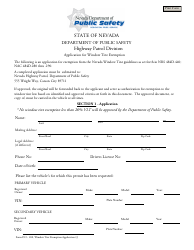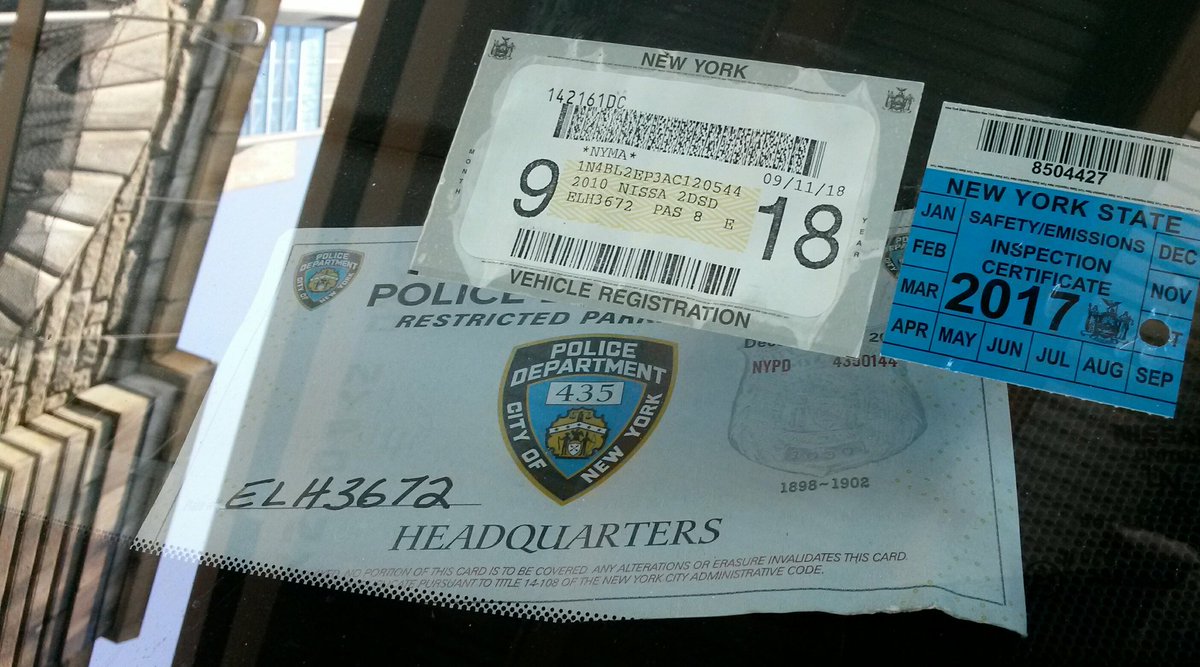

- #Nys window tint exemption for law enforcement drivers#
- #Nys window tint exemption for law enforcement driver#
Recent studies by The University of Washington researches have shown that Drivers are more likely to develop and are at increased risk of developing skin cancer on the left sides of their bodies. If, however, a vehicle only has one side mirror, § 375 (12-a)(b)(4) states that the rear window can only be tinted as dark as the side windows of the vehicle, allowing for 70 percent of visible light to pass through the window glass and the tint film
#Nys window tint exemption for law enforcement driver#
However, if the rear window is tinted darker than the allowable 70 percent "light transmittance," the vehicle must have two side mirrors, allowing the driver to see the road and any traffic conditions behind him. Additionally, if the top 6 inches of the windshield are covered with a tinted film, the film cannot be reflective.Īs for the rear window, § 375 (12-a)(b)(4) allows for the rear window to be tinted to any darkness. Like the side windows, that window tint must allow for a "light transmittance" of 70 percent.

Under Vehicle and Traffic Law § 375 (12-a)(b)(1) states that a vehicle's front windshield can only be tinted on the top 6 inches. Additionally, if you bring your vehicle to a company who performs aftermarket tinting work, under Vehicle and Traffic Law § 375 (12-a)(d), there must be a sticker affixed to the window, between the glass and the tinted film, identifying that the tint film is of a legal percentage for New York State. If you choose to tint your windows, New York State does not ban any tint color however, the tint cannot reflective light or appear metallic or mirrored. As long as the window tint film allows 70 percent of visible light to pass through the film and the window glass, your windows do not violate the law. This means that some degree of aftermarket window tinting is permitted. The § 375 (12-a)(b)(2) of the Vehicle and Traffic Law requires that side windows, both front and back, cannot be covered by a window tint film that allows "light transmittance" of less than 70 percent. The percentage of permissible window tinting is determined by the amount of visible light able to pass through the window's glass as well as the tint film on the window. This is often done by aftermarket companies after a person purchases a vehicle. Window tinting, or as it is called in § 375 of New York State's Vehicle and Traffic Law, "light transmittance" is the process of putting a dark-colored film on the window glass to give it the appearance of being darker. This 70 percent is the highest required light transmittance percentage by any state, also shared in California and Pennsylvania. Subsection 12-a, which discusses window tinting or "light transmittance" at length, was last amended in 1991, increasing the required light transmittance percentage from 35 percent to 70 percent. New York State's window tint statute is found in § 375 (12-a) of the Vehicle and Traffic Law.


 0 kommentar(er)
0 kommentar(er)
